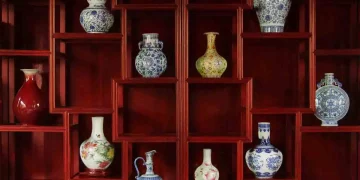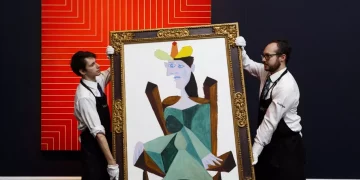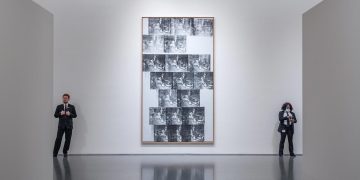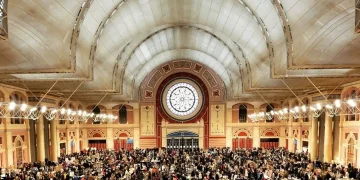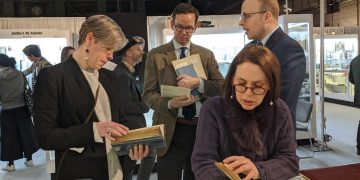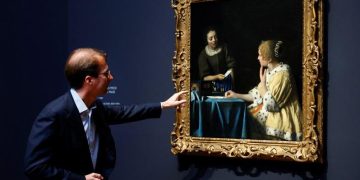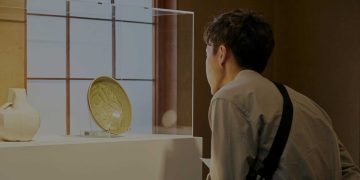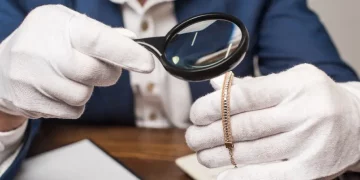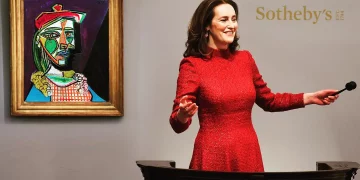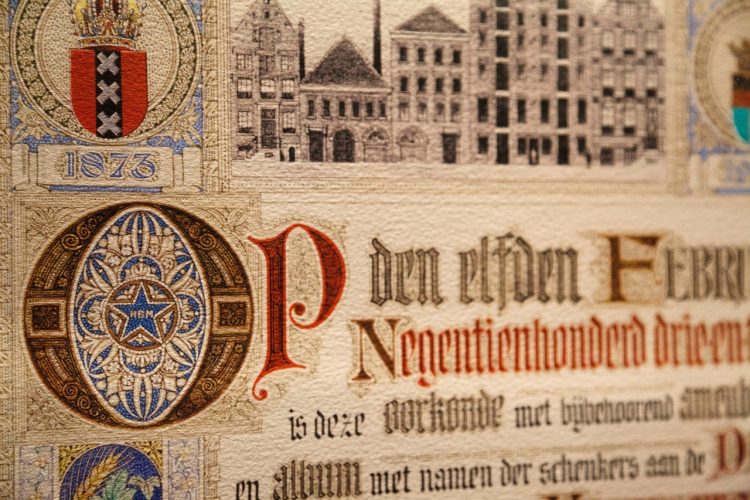Introduction
The art market has long been a focal point for investors, collectors, and enthusiasts alike. Whether it’s paintings, sculptures, or other forms of artistic creation, rare artworks represent not only the talent and creativity of the artist but also deep layers of historical, cultural, and emotional significance. For collectors and investors with a discerning eye, however, there is often much more to a rare artwork than meets the eye. Beyond the surface beauty and artistic merit, these pieces often harbor hidden value that can far exceed expectations.
As the art market continues to mature and globalize in 2025, understanding these hidden values is becoming increasingly important. In this article, we explore the various dimensions of hidden value in rare artworks—be it financial, historical, or cultural—and why it’s essential for collectors and investors to dig deeper.
1. The Financial Value: An Investment Beyond Aesthetic Appeal
While the aesthetic qualities of a rare artwork are what typically draw collectors in, its financial value can be a key driving force behind purchases and investments. But what exactly drives the financial worth of a piece?
Key Points:
- Rarity and Scarcity: As with most collectibles, the rarity of an artwork often correlates directly with its financial value. Limited works by famous artists, particularly those that are no longer available on the market, can fetch astronomical prices at auction. The principle of scarcity plays a crucial role—if an artwork is one of only a handful in existence or represents a pivotal moment in an artist’s career, its price tends to reflect that exclusivity.
- Provenance and History: An artwork’s provenance—the history of its ownership—can dramatically influence its value. A piece that has been owned by notable individuals, featured in prestigious galleries, or shown in high-profile exhibitions will often carry a higher price tag. For example, a painting once owned by a famous collector or a historic figure might be valued not just for its artistic merit but for the historical narrative it embodies.
- Market Demand and Investment Trends: The art market is also influenced by broader financial trends. In times of economic uncertainty, for example, rare art can serve as a safe haven, much like real estate or gold. Additionally, certain periods or styles of art—such as contemporary art or specific movements like Impressionism or Surrealism—may experience a surge in demand, driving up prices.
2. The Cultural and Historical Significance: Beyond the Canvas
Another layer of hidden value in rare artworks lies in their cultural and historical significance. Often, artworks don’t merely represent a moment in time; they encapsulate entire movements, revolutions, or societal shifts.
Key Points:
- Cultural Commentary and Social Impact: Some artworks carry immense cultural weight due to their ability to reflect, critique, or even influence the social climate of their time. For instance, Picasso’s “Guernica” is not just a masterpiece; it is a poignant political commentary on the horrors of war. Artworks that capture the zeitgeist of their era can hold significant cultural value, influencing future generations.
- Historical Context: Art is often a reflection of historical events, and some artworks are invaluable because of the context in which they were created. A painting or sculpture that represents a particular historical event—such as a war, political revolution, or social movement—may gain value as it becomes more relevant or important over time.
- The Artist’s Influence: Beyond the piece itself, the artist’s influence can enhance the artwork’s hidden value. For instance, works by Renaissance artists like Leonardo da Vinci or Michelangelo are not only valuable because of their exceptional skill but also because these artists fundamentally shaped the course of art history. The more significant an artist’s influence, the more valuable their works tend to be, as they become symbols of an entire artistic era.
3. The Emotional and Sentimental Value: More Than Just an Investment
For many collectors, the value of rare artworks extends beyond financial considerations. Emotional connections and sentimental value are key factors that contribute to an artwork’s allure and overall worth.
Key Points:
- Personal Connection: Collectors often invest in art not only because of its monetary value but because of the personal connection they feel to the work. This emotional bond can drive a collector to pay a premium price, as the artwork may hold personal significance—perhaps representing a life-changing event, a tribute to a loved one, or a connection to one’s heritage.
- Art as Legacy: Many art collectors view their acquisitions as part of a legacy. Artworks are often passed down through generations, carrying not only cultural and financial value but also the memories and emotions tied to the family or individual who once owned them. This legacy factor can add an intangible value to the artwork, which can significantly increase its appeal in both the short and long term.
- Investment in Future Generations: For some, investing in rare artworks is an act of preserving culture and history for future generations. Collectors with a long-term perspective often seek works that will resonate with their children or grandchildren, ensuring that the pieces continue to hold meaning and value across time.
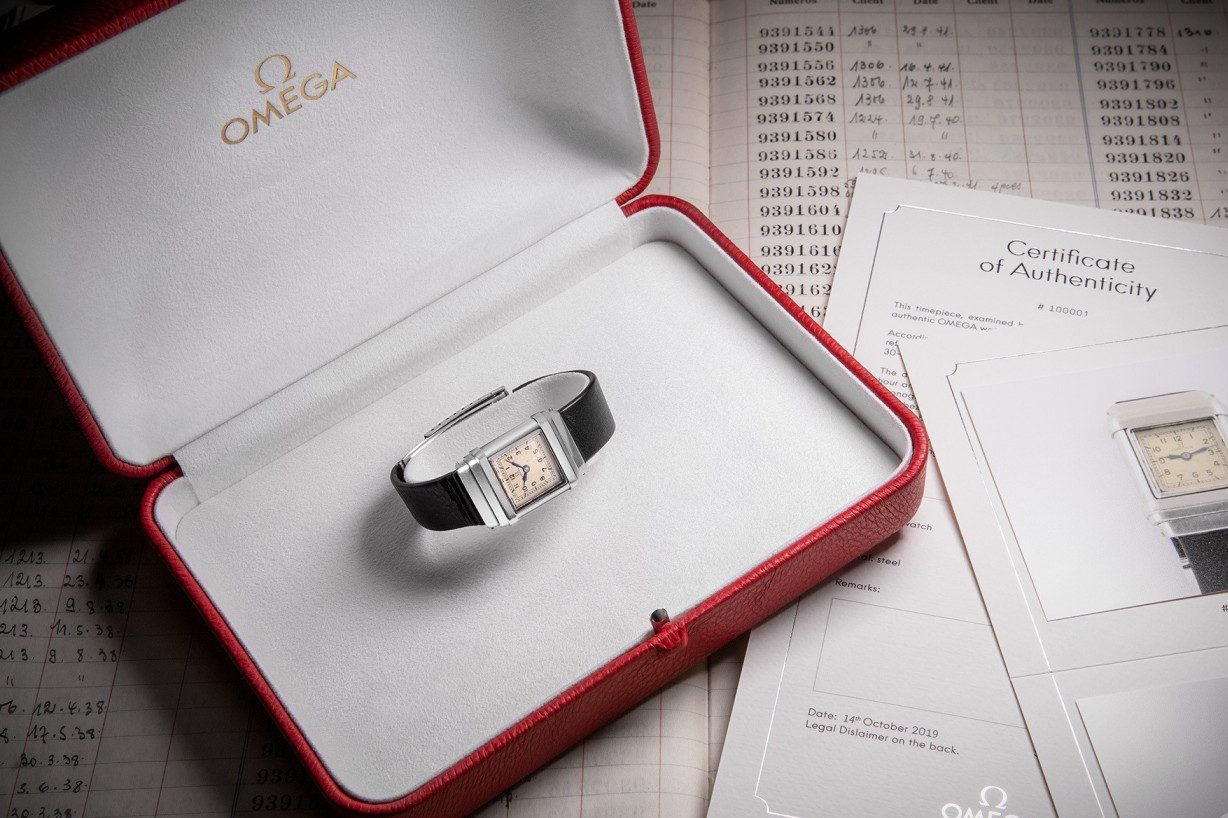
4. The Role of Authentication and Certification: Ensuring the Hidden Value Is Real
One of the key factors in uncovering the hidden value of an artwork is ensuring its authenticity. Without proper authentication, an artwork’s value could be severely diminished, or worse, it could be rendered worthless.
Key Points:
- Provenance Documentation: Provenance plays a crucial role in confirming the legitimacy of an artwork. Having access to proper records that track the ownership history of the piece can verify that it is indeed a genuine creation by the artist. The more well-documented the provenance, the higher the potential value of the piece.
- Art Authentication: With the rise of forgeries and fraudulent artworks, the importance of authentication services cannot be overstated. Museums, galleries, and auction houses often rely on art experts and scientific methods—such as carbon dating or chemical analysis—to confirm the origin and authenticity of a work. This process ensures that the hidden value within the artwork is preserved and protected.
- Certifications and Appraisals: Certified appraisers and experts in specific art fields are instrumental in assigning a true market value to a piece. These professionals look beyond the initial visual appeal of a piece, considering its condition, historical context, and potential investment value. Their appraisals provide a more accurate understanding of the true worth of the artwork.
5. The Impact of Emerging Trends: New Value on the Horizon
Art markets are continuously evolving, and new trends can add layers of hidden value to rare artworks. From emerging artists to shifts in global art demand, changes in the art world can significantly influence the value of a piece.
Key Points:
- Emerging Artists: Sometimes the hidden value of an artwork lies in the future potential of the artist. Works by emerging artists or those who are gaining recognition in the contemporary art scene may not fetch high prices initially but can grow in value as the artist’s career flourishes. Early acquisitions of such works can yield significant returns on investment as the artist gains prominence.
- Shifts in Cultural Trends: Art markets are also impacted by changes in cultural preferences. As tastes evolve, what was once considered niche or avant-garde may gain mainstream popularity, pushing the value of certain artworks upwards. The growing interest in digital art, including NFTs, is one example of how the art world is expanding and how new forms of art are being recognized as valuable assets.
- Globalization and Art Investment: With globalization comes the rise of international collectors who have access to art markets around the world. This can increase competition for rare pieces, driving up prices and uncovering hidden value in artworks that may have previously been overlooked.
Conclusion
The hidden value behind rare artworks is multi-faceted and goes far beyond mere aesthetic appeal. From their financial worth to their cultural, historical, and emotional significance, artworks often carry value that isn’t immediately visible but can be uncovered through deeper exploration. For collectors and investors, understanding these hidden dimensions is key to making informed decisions and maximizing the potential return on investment.
As we move further into 2025, the art world will continue to evolve, with new trends, technologies, and global shifts influencing the perceived value of rare artworks. For those who can recognize these hidden aspects, the rewards—whether financial, cultural, or emotional—can be extraordinary.





